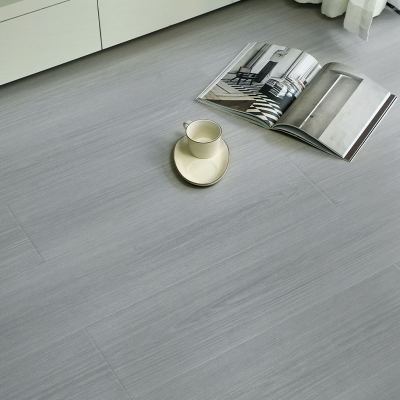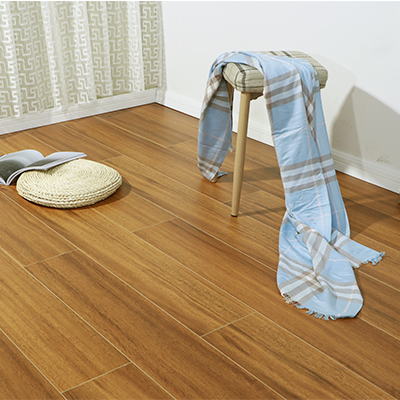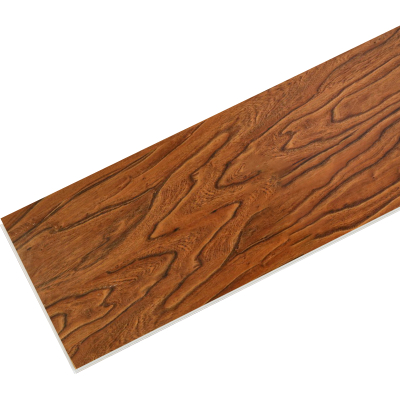Where shouldn’t you install laminate flooring?
Where shouldn’t you install laminate flooring?
1. Bathrooms & High-Humidity Zones
Laminate’s HDF core absorbs moisture rapidly, causing swelling, warping, and mold.Even "water-resistant" products fail with prolonged exposure:
Shower splashes/steam: Water seeps into seams, degrading the core within weeks .
Toilet leaks: Minor leaks trapped under planks cause hidden mold.
Alternative: Use SPC vinyl or ceramic tile with waterproof cores and grouted seams.
2. Laundry Rooms & Utility Sinks
Spills, overflowing machines, and sink splashes create standing water.Laminate warranties exclude damage from "neglected spills" in these areas.Moisture migrates beneath planks, swelling subfloors like OSB or plywood.
3. Basements & Below-Grade Spaces
Concrete subfloors emit moisture even when dry to touch.Laminate requires:
Vapor barriers: 6-mil polyethylene with taped seams .
Moisture limits: Concrete RH must be ≤60% (ASTM F2170) and moisture emission ≤3 lbs/1,000 sq ft/24h (ASTM F1869).
Most basements exceed these, risking adhesive failure and mold.
4. Sunrooms & South-Facing Rooms
Direct UV exposure fades decorative layers quickly.Brands like Style Selections note "occasional moving of rugs" is needed to avoid uneven fading.Temperatures >80°F accelerate off-gassing from adhesives.
5. Entryways & Mudrooms
Grit from shoes abrades the wear layer, while snow/rain causes edge swelling. AC3/AC4 abrasion ratings (common for residential use) wear down faster in high-traffic zones.
6. Radiant Heating Systems Without Precautions
Laminate warps if surface temperatures exceed 80°F (26°C). Requires:
Pre-installation system run for 7 days + 4-hour cooldown.
Gradual post-installation heat increase.
Inconsistent heating causes seam separation.
7. Uneven or Damaged Subfloors
Subfloors with >3mm/1m slope cause "bounce," stressing lock joints. Lock strength (per ISO 24334) fails under repeated flexing .Tile grout lines >1/4" must be filled to prevent plank fractures.




